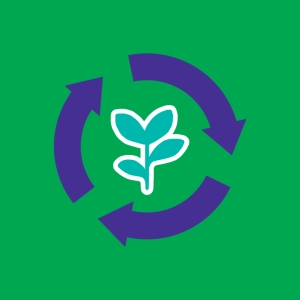 The Plant Cycle
The Plant Cycle
The seed is the organ that ensures the dissemination of flowering plants.
In humid soil and at an appropriate temperature, the seed germinates: it consumes its reserves in order to develop roots and a stem.
(…)
Attracted by gravity, the root works its way into the soil. It branches out to anchor the plant and to draw water and mineral salts from the soil.
Attracted by light, the stem elongates and develops leaves. Via photosynthesis, these manufacture the nutrients that are indispensable for the growth of the plant.
(…)
When it reaches adulthood, the plant produces flowers, which will enable sexual reproduction to be carried out.
How is this done? By pollination,which enables the fertilization of ovules by pollen.
Who takes care of this? Most often insects, or wind.
(…)
Well sheltered inside a fruit, the fertilized ovules are transformed into seeds. These contain the embryos of future plants and their nutritional reserves.
The seeds are then disseminated and the cycle begins again. For an annual plant, the cycle lasts a few months; for a tree, it can extend over several decades.
Being full of nutritional reserves, seeds are a fundamental source of nourishment for humanity: the world-wide consumption of wheat is thus over 600 million tons per year.
